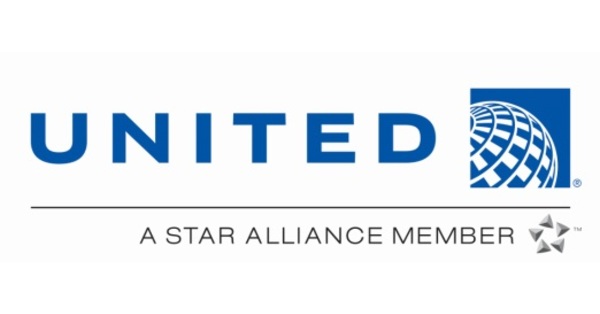
Good Morning. This is the Sunya Scoop. The newsletter that takes energy transition news and turns it into an easy-to-read email for you.
Here's what we have for you today:
United, Tallgrass and Green Plains team up in SAF JV
DOE invests $131mm in carbon management
TPL leases pore space to Ozona CCS for CO2 sequestration in Permian
Quote of the week (BP's energy outlook)
United Airlines, Tallgrass, and Green Plains have formed a joint venture called Blue Blade Energy to develop sustainable aviation fuel (SAF) technology using ethanol.
Blue Blade Energy will invest up to $50 million in the development of the technology.
United has entered into an offtake agreement with Blue Blade Energy for up to 135 million gallons of ethanol-based SAF annually and up to 2.7 billion gallons in total.
The new SAF technology was developed by the U.S. Department of Energy's Pacific Northwest National Laboratory and offers up to 85% lower lifecycle greenhouse gas emissions than traditional jet fuel.
Tallgrass will manage research and development of the technology and the construction of the production facility.
Green Plains will supply the low-carbon ethanol feedstock and manage operations once the pilot facility is constructed.
United Airlines will assist with SAF development, fuel certification, and in-wing logistics.
The technology is capable of using any alcohol-based feedstock as its fuel source.
The joint venture marks one of the largest direct investments from United Airlines Ventures into SAF in line with United's goal to reach net zero emissions by 2050.

DOE invests $131 million for 33 projects to reduce CO2 in the US
Projects to advance the deployment of carbon management technologies and reduce CO2 from power plants and industry, or directly from the atmosphere
Will increase CO2 storage sites, provide economic opportunities, and help achieve net-zero GHG emissions by 2050
Carbon management and removal will reduce air pollution, droughts, floods, and protect health, water, and agriculture
Carbon Negative Shot initiative aims to capture CO2 and store it at less than $100/ton
National Energy Technology Laboratory (NETL) will manage the projects
San-Antonio-based Ozona CCS and Texas Pacific Land Corp (TPL) inked a deal to drill one of the first CO2 sequestration wells in the Permian Basin
5,173 contiguous acres leased for the purpose of drilling commercial CO2 well(s)
40 million metric tons estimated CO2 storage
Aim is to capture, transport and sequester CO2 in the Permian Basin and Texas Gulf Coast
Natural gas processing plants and oil/gas operators are initial customers
Permitting process to begin immediately with Federal and State agencies with a target in-service date: Q3 2024, capacity expandable as needed
The recent energy shortages and price spikes highlight the importance of the transition away from hydrocarbons being orderly, such that the demand for hydrocarbons falls in line with available supplies. Natural declines in existing production sources mean there needs to be continuing upstream investment in oil and natural gas over the next 30 years.
That's a wrap for today. If you like what you read, send to a friend.
If someone forwarded you this and you liked it, consider subscribing below.
DISCLAIMER: None of this is financial advice. This newsletter is strictly educational and is not investment advice or a solicitation to buy or sell any assets or to make any financial decisions. Please be careful and do your own research.



